The new Motorola Razr does what no other foldable has
The bad news for Motorola is that, beyond a few true fans with deep pockets, nostalgia isn't enough to make a hit product. the good news is that 2019's Motorola Razr is more than just a familiar name. While foldable phones may be in their infancy, what this new Razr brings to the table isn't just gadgetry and branding.
Bringing back the Motorola Razr as a modern foldable-screen smartphone means the handset won't lack name recognition. Indeed, with more than 130 million RAZR V3 sold in just four years time, there's a fair chance that you had one of the clamshells in your pocket at some point, or know someone who did.
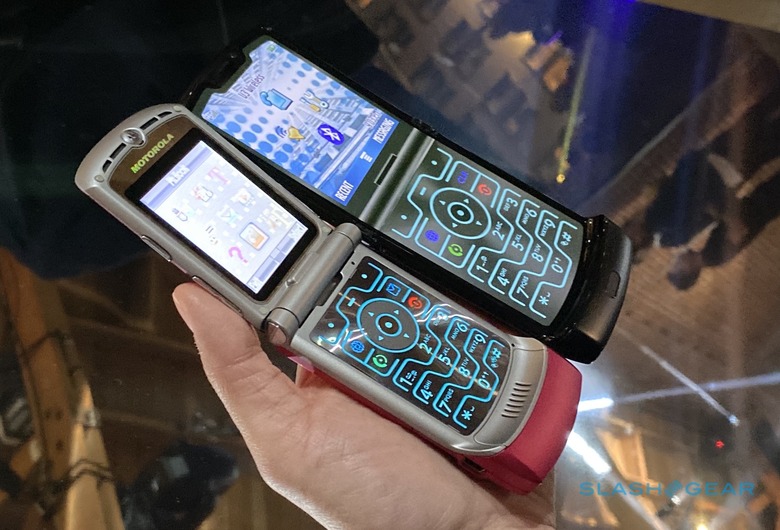
It's easy to forget just how innovative that RAZR was when it first launched in mid-2004. Mind-bogglingly slender, with a keypad etched from a single wafer of metal and electroluminescently-backlit, its combination of eye-catching design and legitimately useful features like the external display left it looking like a spaceship among the rest of the cellphones on store shelves. By the time Motorola made its RAZR V3 matte black version, the clamshell was ready to stake its place in cellular history.
Motorola's fall from grace after that is well-documented. The arrival of the iPhone certainly didn't help, but even without Apple's contribution, Moto was far too willing to sit back and let the RAZR coast. Subsequent phones – including numerous variations on the original V3 – struggled to get anywhere close to the original's success. By the time the smartphone age was gathering steam, Motorola's relevance was winding down.
Innovation now has a fold in it
Fast forward to 2019, and the dawn of the foldable age. It's clear that flexible displays are in their infancy: only just about ready for public consumption, and even then only for those with the most profligate of budgets for a phone and a willingness to baby their device. The well-publicized problems Samsung encountered as it raced to make its Galaxy Fold the first to market are clear evidence that it's still all too easy for life on the cutting-edge to backfire.
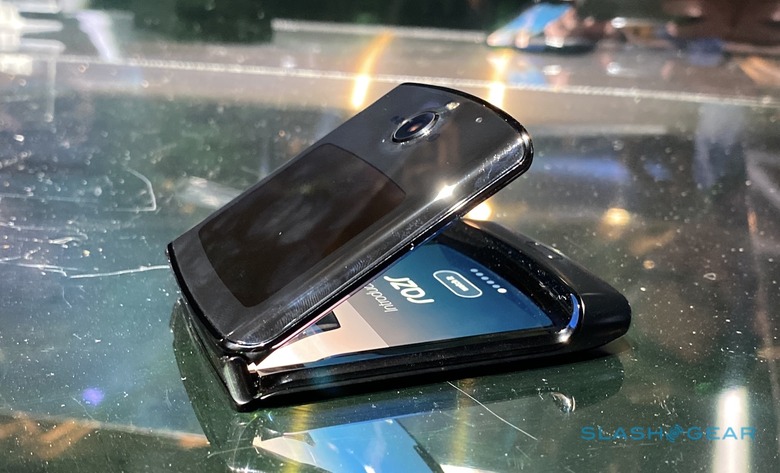
The 2019 Razr isn't the first foldable to market, then, and even it has come in later than intended. Motorola's initial goal was a summer launch; that's been pushed back, and now the Verizon exclusive won't hit shelves until early in the new year. It won't be as expensive as the $2k Samsung, true, but at $1,500 you could get a top-spec iPhone 11 Pro Max for your money.
Personally, I'm of the opinion that you should buy the device that you want, just as long as you can afford it. That might be something relatively mainstream, like an iPhone or a Samsung Galaxy S10, or it could be something more unusual, like one of these first-generation foldables. Life is short, and you may as well be happy with the gadget in your pocket.
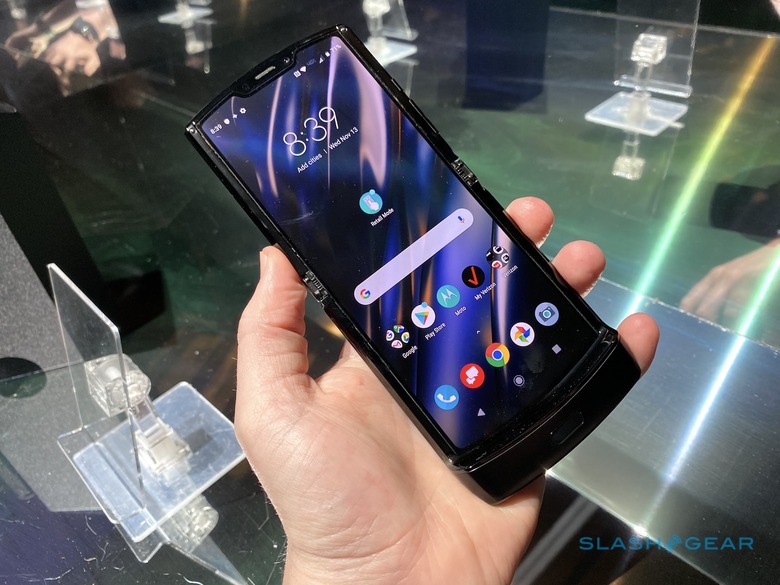
What sets the new Razr apart, though, is that it isn't just tech for its own sake. The Galaxy Fold – and Huawei's Mate X, along with other foldable designs we've seen – certainly are eye-catching, smartphones that unfurl into tablets. Problem is, I'm not entirely certain that's a problem most people wanted solving.
The struggles of balancing an appetite for bigger phone-scale screens with the practicalities of something that fits into a bag or pocket, though, now that's a challenge worth addressing. I'm not alone in liking the usability benefits of a display in the 6-inch category; at this point, using something smaller feels like too much of a compromise. However I'm also perpetually aware of just how big that is in my pocket when I'm not using it.
Modern smartphones may use toughened glass and metal frames, but they're still fairly delicate. Having a slab of precarious glass squeezed into the front pocket of my pants is, I know, a disaster just waiting to happen. That's before you get to ergonomics, or the problems faced by women who tend to have fewer, or smaller, pockets in their clothes. There's a reason a lot of people are hoping for an iPhone SE replacement, and I suspect it's more about having a device that's eminently portable rather than actively wanting a smaller display.
Give me tech with context
Where the new Razr distinguishes itself from its (small) cohort of foldable counterparts, then, is in the scale of what it offers. Open, it's a regularly sized Android smartphone: with a 6.2-inch touchscreen it falls somewhere in-between Samsung's Galaxy S10 and the S10 Plus. Closed, though, it's a relatively compact nugget, though still a fairly usable one thanks to the external touchscreen.
That may not be as eye-catching as the Galaxy Fold's big opening trick, but I suspect it's far more useful to most people. So, too, are the extra efforts Motorola's engineers – working with the same Lenovo team responsible for the clever (and reliable) hinges on the YOGA convertible notebooks – went in making sure the Razr can close completely flat, and that its screen is crease-free. It's easy to say that Samsung has an edge because it's one of the few companies actually manufacturing flexible OLED panels, but it's becoming clear that how they're implemented in a device is equally important.
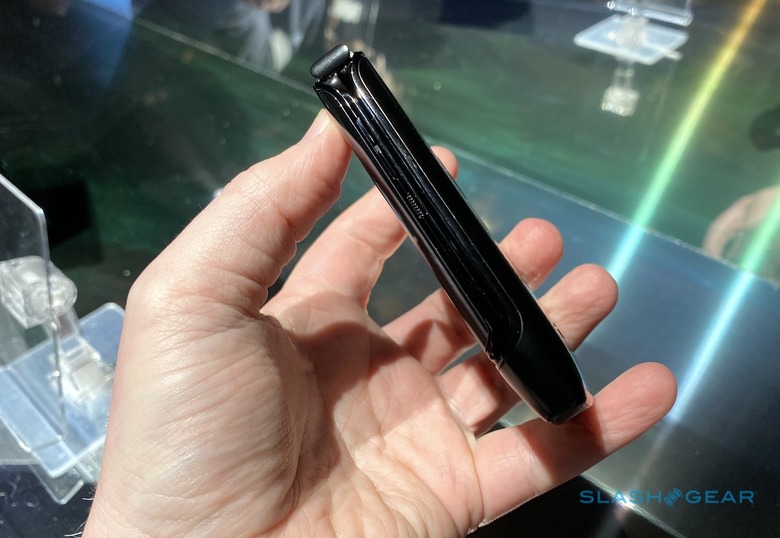
For all that Motorola is doubling-down on the legacy of the Razr brand, then, the real value as I see it is how it puts foldables into an understandable context. You want a smartphone with a big screen, but you don't want a big phone. That's a far clearer marketing message than anything Samsung or Huawei have come up with.
Samsung clearly agrees, in fact. The company has already previewed its own next-generation Galaxy Fold, dropping heavy hints that it, too, will use a clamshell form-factor like this new Razr.
Sensible people don't buy the first-generation
For all that, I struggle to recommend that you should actually preorder the Motorola Razr when Verizon starts taking reservations in December. First-generation devices are great for setting the stage for new technology, and as I've said, I'm of the opinion that Motorola has done that well. They're not, typically, so great at actually delivering on that context.
Indeed there are already a few aspects worth worrying about. I'm not too concerned about Motorola's use of a Snapdragon 710 rather than an 8xx-series chipset, but the new Razr's diminutive 2,510 mAh battery is giving me real pause. After all, the Pixel 4 has a smaller screen but still struggled to get through a full day with 2,800 mAh to play with.
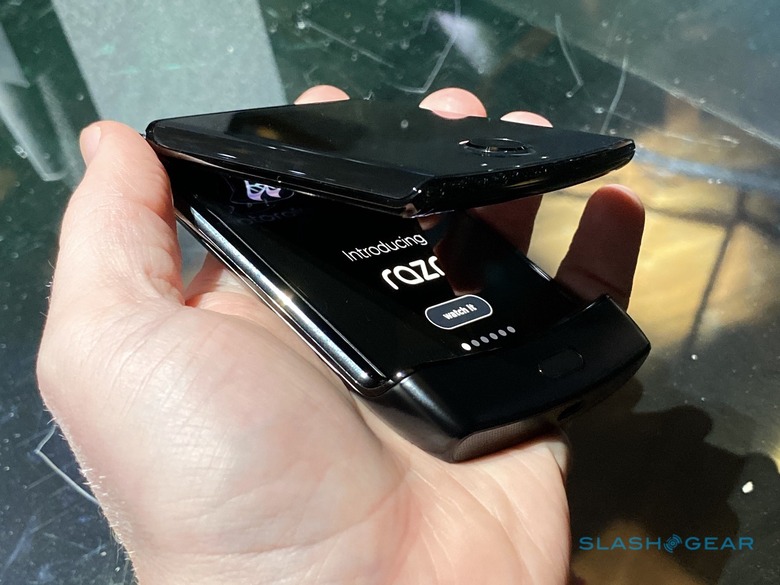
Then there's the single primary camera, at a time when two or three sensors are par for the course, and the $1,500 price tag, and the absence of wireless charging. There's no 5G, and launching a phone in 2020 that's running Android 9 Pie rather than Android 10 seems positively backward. Durability, too, of the flexible display is something we'll just have to watch and see.
I realize that may all sound contrary: that the Razr is both a bold and compelling new form-factor but also a phone that most people shouldn't buy. Welcome, then, to life at the very bleeding edge. Nobody ever said it made complete sense.
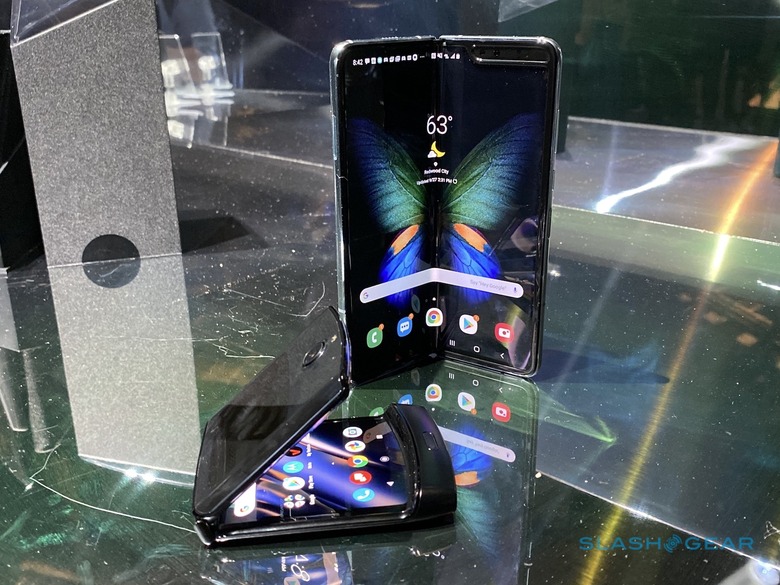
For all that, though, I'm excited about the new Razr and not just because I was a fan of the original (and the StarTAC before it). If foldable phones are to succeed, they'll need more than just affordable prices to compel buyers to upgrade. Tech for its own sake may win over some, but the mass market needs a realistic reason to embrace a new form-factor. The new Razr may have just shown the industry the way.
